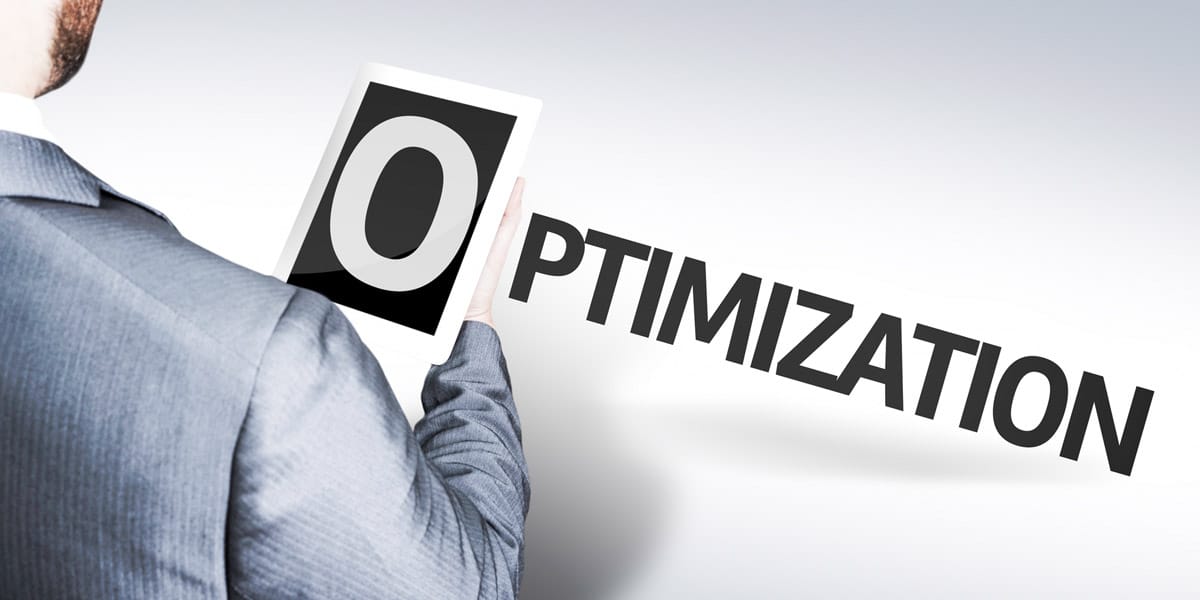If you’re looking to get better returns on your Facebook ad dollar, look no further.
When you take the steps to ensure your message is always connecting with the right audience, improving the performance of your ads might be much easier than you think.
This article will explore several simple ways you can set up and optimize your Facebook advertisements, all in 30 minutes or less.
1. Segment Your Audience
Facebook has an almost immeasurable number of distinct groups of audiences.
Consequently, slightly different interests will yield vastly different performance among even within the same niche.
That’s why it’s a good idea to group interests that you want to target into topics, and then create separate ads for each topic.
For example, if your target interests including Internet marketing, Facebook marketing, and online advertising, then your first ads that might include content pertaining to Facebook, the second set online advertising generally, and so on.
This simple segmented approach allows you to optimize on the basis of interests, and ultimately create more focused advertising campaigns.
2. Separate Desktop and Mobile
The differences between the mobile and desktop platforms are often underestimated.
The fact is, the way people access the net, their behaviors, and even the sites they visit can vary depending on the device they’re using.
That’s why when you use a separate Ad Set for each type of platform, it’s possible for you to greatly improve your optimization, including conversions and bids for both devices.
This separation will also help you fine-tune your call to action, making it desktop or mobile specific.
3. Optimize Newsfeed and Column Ads Separately
If you’re not already, it’s vital that you set up segmented advertising, completely separating the ads that appear in a desktop newsfeed and ads that run on the right column of Facebook.
Content that appears in the desktop newsfeed tends to have has substantially more space available, which translates to room for much larger images.
This considerable difference in structure means that identical ads will perform very differently depending on where you place them.
Facebook enables you to choose where your ads will be seen in the Placement section at the Ad Set level.
4. Test Several Images
The single most important element in your Facebook advertisements is without a doubt the photos you use.
This is because several studies have shown that photos are leading factor in helping people decide if they’re going to click on your posts are not.
That’s why it’s important to test out several different images, and then determine which ones are offering you the highest click through rate and conversions.
After you’ve identified your highest performing images, you can use that information to use more images of the same style future.
5. Use a CTA (Call to Action)
As you may know, Facebook allows you to choose a call to action when posting an ad.
Using a CTA can greatly improve your click through rate and conversions, and should be tested with the same enthusiasm as the images you use.
The CTA button is available in the Ad Setup menu, and the default choices include: Download, Learn More, Shop Now, Book Now, and Sign Up.
6. Use Facebook Pixels
Although this tip is somewhat obvious, enough businesses neglect to do it that it’s worth mentioning.
Pixels are a Facebook feature that allows you to signal an event that occurs while someone is browsing your page, like registering or viewing a specific product.
The value of that type of knowledge should be almost immediately obvious.
You can install a pixel by logging into your ad manager, going to the top menu, choosing Assets, and then Pixels.
On the following page, select Create Pixel button and follow the setup wizard.
After you have been provided with your pixel code, just install it on your site, and you can carefully track the results of all your Facebook marketing energies.
7. Target Behaviors
Countless businesses use Facebook advertising as an opportunity to target interests.
Unfortunately, many businesses gloss over the opportunity to target behaviors instead, which often are more apt to pay off.
Facebook allows you to target dozens of behaviors that may indicate someone is ready to make a purchase, ranging from the browser they use to the games they play.
You can target these behaviors by selecting them from ad set menu.
8. Target an Email List
Another feature Facebook
marketers often overlook is the ability to create an advertising audience on the basis of email addresses.
Head to Facebook ad manager, select Create Audience, then Customer List, and Facebook will prompt you to provide your email list.
All you have to do is provide Facebook with a text file with one email per row, or list of phone numbers in the same format, and let Facebook do the rest.
9. Schedule Your Ads
Like many popular advertising platforms, Facebook allows you to schedule when your ads are run, both in terms of day of the week and hour of the day.
Many
businesses overlook this feature because it’s only available with a lifetime budget as opposed to a daily budget option.
If you’re not familiar with lifetime budget, it refers to the total budget for a set of ads as opposed to the daily limit for those ads.
If you have a campaign that isn’t offering somewhat reliable performance over time, this setting may not be for you.
However, if you know exactly when you want your ads to be seen you’ll be hard-pressed to find a more important customization option.
Time for Action
Set up and targeted appropriately, Facebook advertising can offer your business a sensationally profitable means of advertising.
As you become more familiar with your marketing possibilities on the platform, you improve your ability to access these opportunities.
Although learning the ins and outs of Facebook advertising isn’t something you can tackle in an afternoon, with a little persistence, concrete improvements to your ROI are well with



